The Tesla Model 3 RWD manufactured in Giga Shanghai is one of the best-selling variants in China (and worldwide) of the electric sedan. Among its – many - peculiarities is that it is the only variant in which LFP batteries have been implemented instead of the usual ternary cells. Its fairly decent specifications indicate that it is capable of traveling 305 miles per charging (WLTP cycle), which in real conditions (even in cold climates) can actually be about 250 miles. That is the battery life until the state of charge (SoC) counter reaches 0%. However, a real test shows that the battery has more capacity than the initial tab marks.
The enormous demand for batteries caused by the increase in the supply of electric vehicles has led Tesla to use LFP (lithium ferrophosphate or lithium-iron-phosphate) batteries in its Standard Range variants. LFP battery technology has not been commonly used in electric cars because its energy density is basically lower than regular lithium-ion batteries; however its cost is significantly lower and it is actually even safer.
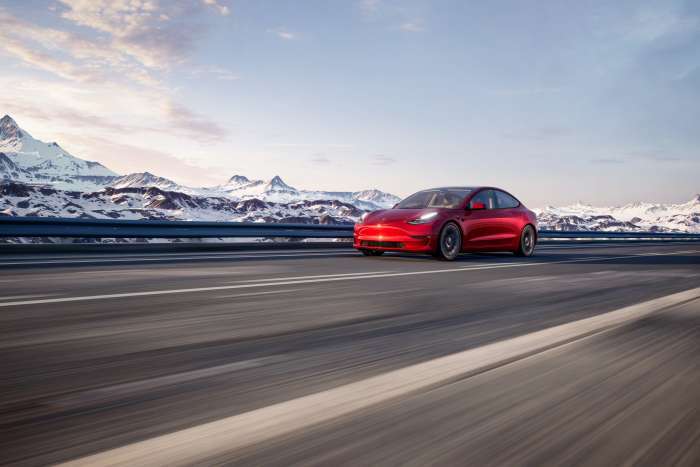
Although for now Tesla only includes LFP batteries in the Tesla Model 3 manufactured in the Shanghai Gigafactory, many of them are also exported to Europe from the Chinese factory. One of these units is the one used by famous youtuber Bjorn Nyland earlier this month to carry out a real-life range test, causing the battery to completely deplete its charge, that is, to stop completely due to the battery actually running out of any charge at all, including emergency energy reserves (a practice, by the way, not recommended at all).
According to the Scan My Tesla application, the car has a nominal battery capacity of about 60.6 kWh and an energy reserve (which is not actually counted for range, that is, beyond 0% of the SoC, of about 7.0 kWh). This is a surprisingly high value since it is more than 10% of the total, which is usually the margin used for this energy reserve.
As shown in the video, after reaching 0% SOC, the Model 3 RWD was still able to travel 34,8 miles, consuming around 6.9 kWh of energy. Although the information showing that the battery was empty remained on the screen during the test, the Model 3 did not suffer any gradual drop in power, as it occurs in most other electric cars in which it is not possible to drive in normal ways when the battery has no charge. When the reserve is completely depleted, the car goes into Neutral (N) mode without allowing D (Drive) mode to be activated again, even though the heating remained on for a few more minutes in this case. Bjørn Nyland highlights precisely this aspect - the lack of power drop - as a drawback, because it would otherwise give the driver a clearer idea that the end is near for the battery.
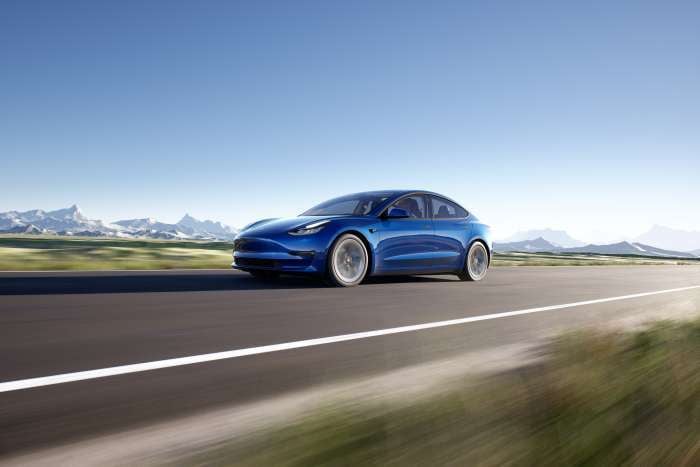
If the Tesla Model 3 RWD is compared with other electric cars the result is that it has the highest buffer of all of them. A remarkable battery reserve, beyond "zero" SOC (State of Charge), helps many drivers to avoid being completely stranded in the middle of the road when they eventually can't find a working charging point. This "extended range" of the battery will not be considered by the software system as such during normal driving for actual range calculation.
Source: Bjørn Nyland
All images courtesy of Tesla Inc.
Nico Caballero is the VP of Finance of Cogency Power, specializing in solar energy. He also holds a Diploma in Electric Cars from Delft University of Technology in the Netherlands, and enjoys doing research about Tesla and EV batteries. He can be reached at @NicoTorqueNews on Twitter. Nico covers Tesla and electric vehicle latest happenings at Torque News.








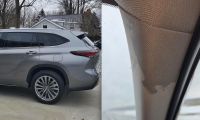
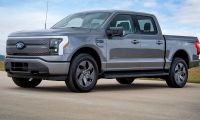
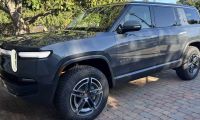
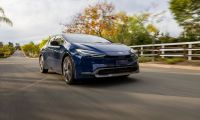
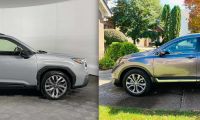
Comments
I don't think Tesla is
Permalink
I don't think Tesla is leaving 34 Niles of range on the table just to ensure people are not left stranded with an empty battery.
they provide accurate rang estimate based on your route, elevation, wind, traffic speed, and offer navigation to the closest superchargers on your route and even tell you how much you should slow down to make it to the charger if you are too far
I highly suspect this is a protection for the battery to ensure no car will face too much degradation and need a replacement under warranty.
BTW they also recommend charging to 100% the LFP batteries on a daily basis unlike li ion and sustain a higher charging rate over 80%. LFP seems like a very good alternative to li ion on standard range cars